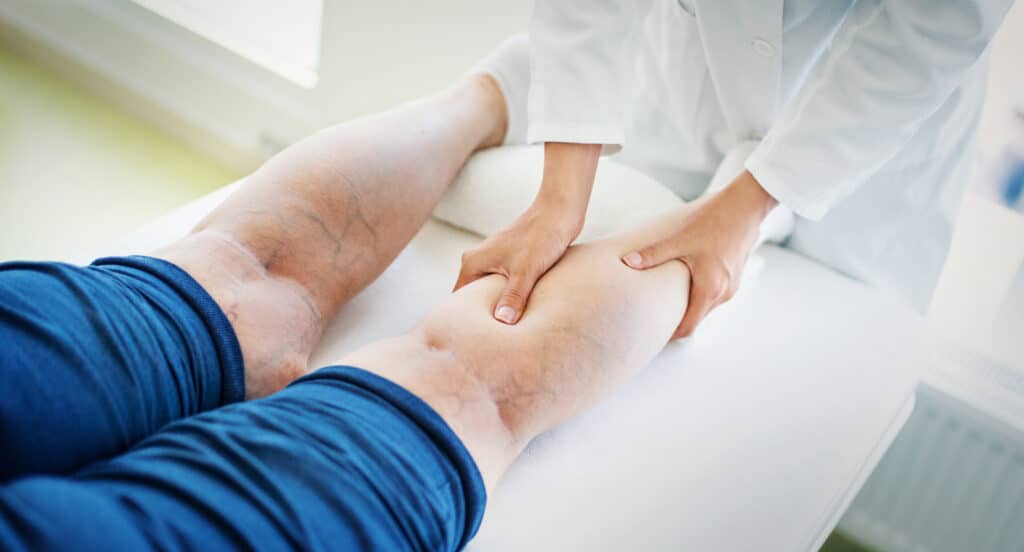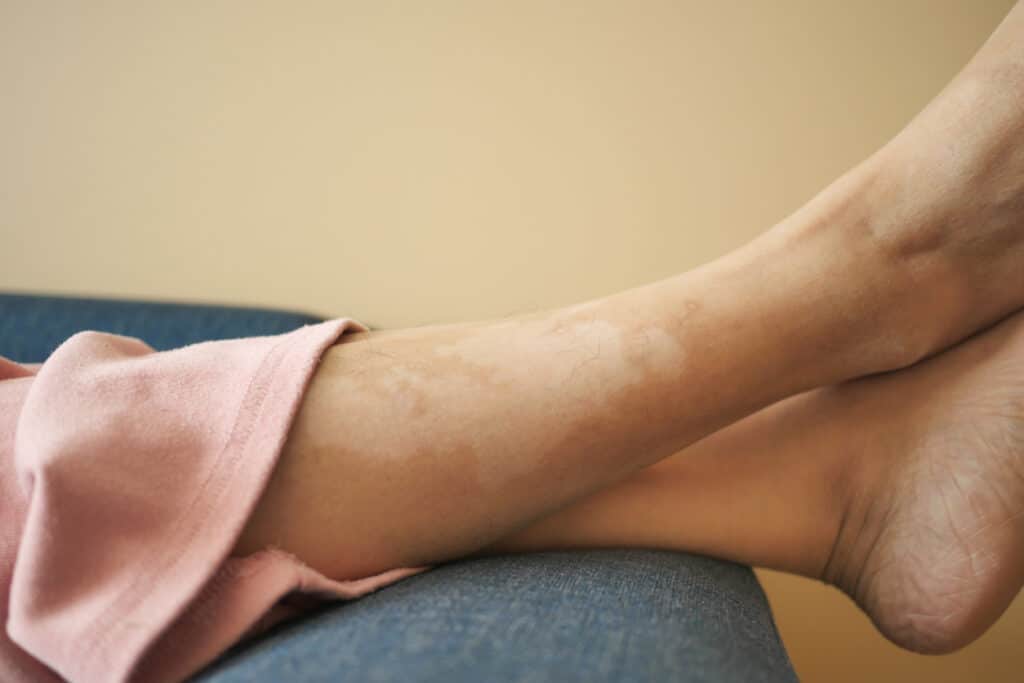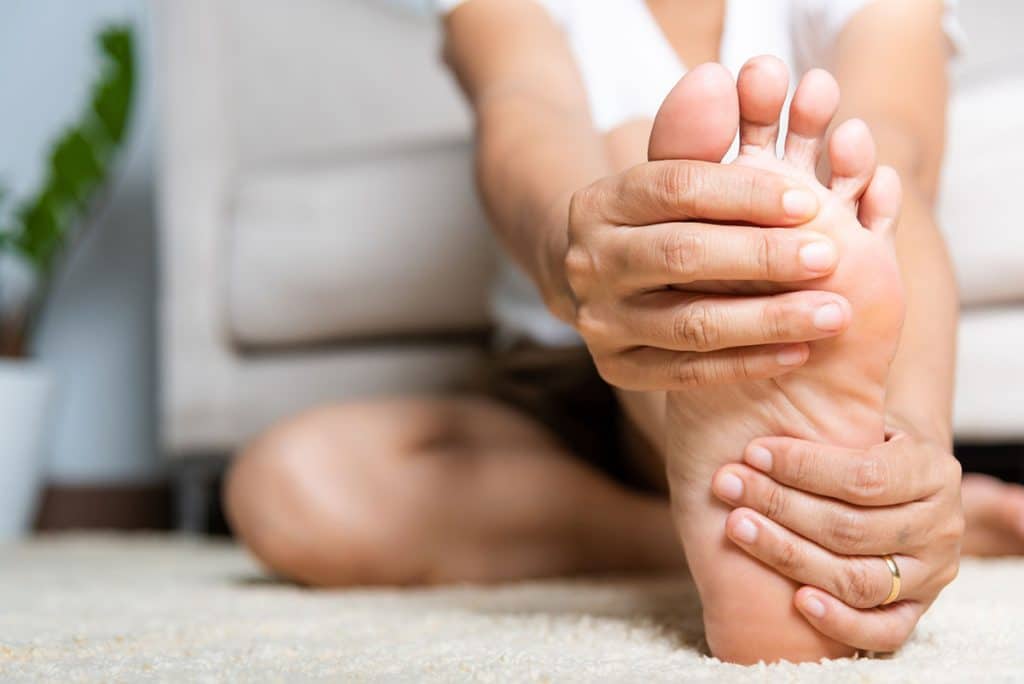Millions of people in the U.S. have some form of peripheral artery disease (PAD). PAD occurs when the peripheral arteries to the legs, arms, head, and stomach narrow. Most PAD symptoms occur in the arteries of the legs. Atherosclerosis, which is plaque build-up that blocks and narrows arteries and restricts blood flow in different regions of the body, is the primary cause of PAD. Plaque is formed with cholesterol and fat deposits, as well as other substances. Everyone should become familiar with PAD, since it can be a serious condition. If you are especially at risk for developing PAD, it’s important to be aware of the symptoms.
What is Peripheral Arterial Disease?
PAD is caused by the narrowing of peripheral arteries due to atherosclerosis, leading to reduced blood flow primarily to the legs and feet. It’s a symptom of a broader cardiovascular disease spectrum, indicating widespread accumulation of fatty deposits in arteries (atherosclerosis) which could affect the heart, brain, and legs.
Risk Factors for Peripheral Artery Disease
Understanding the depth and interactions of the risk factors associated with PAD is essential for effective prevention and management. Here’s a more in-depth look at these risk factors:
Age
Age is a significant risk factor for PAD. The risk increases for individuals over the age of 60. However, it can occur at a younger age in people who have other risk factors, particularly smoking and diabetes.
Smoking
Smoking is one of the most critical risk factors for PAD. The harmful substances in cigarettes can damage and narrow the arteries and significantly increase the risk of PAD. Moreover, smoking exacerbates the constriction and damage to the arteries, accelerating the progression of the disease.
Diabetes
Diabetes markedly increases the risk of PAD. High blood sugar levels can damage blood vessels and reduce blood flow, particularly in the legs and feet. This condition makes it more difficult for wounds to heal and increases the risk of infection.
High Blood Pressure
Hypertension, or high blood pressure, can cause harm to the arteries, making them less elastic and decreasing the flow of blood. This condition contributes to the faster build-up of fatty deposits in the arteries (atherosclerosis).
High Cholesterol
High levels of low-density lipoprotein (LDL), or “bad” cholesterol, can lead to the build-up of plaque in the arteries, narrowing and blocking them and increasing the risk of PAD. Conversely, not having enough high-density lipoprotein (HDL), or “good” cholesterol, exacerbates the problem.
Obesity
A body mass index (BMI) of 30 or higher is considered obese and significantly increases the risk of PAD. Obesity also often correlates with other risk factors, such as high blood pressure, high cholesterol, and diabetes, compounding the risk.
Sedentary Lifestyle
Lack of physical activity can contribute to the development of PAD. Exercise helps maintain a healthy weight, lowers blood pressure, reduces cholesterol levels, and improves blood sugar levels, all of which are essential in reducing the risk of PAD.
Family History of PAD, Cardiovascular Disease, or Stroke
Genetics can play a role in the development of PAD. Individuals with a family history of PAD, cardiovascular disease, or stroke have a higher risk of developing PAD themselves.
Race and Ethnicity
Research suggests that African Americans and Hispanics may be at a higher risk of developing PAD compared to other races. Genetic factors, as well as higher prevalence rates of diabetes and high blood pressure in these populations, contribute to the increased risk.
Managing Risk Factors
Managing these risk factors effectively can help prevent or delay the development of PAD and its complications. This includes making lifestyle changes such as quitting smoking, exercising regularly, maintaining a healthy weight, and eating a balanced diet. For those with existing health conditions like diabetes, high blood pressure, or high cholesterol, it is crucial to manage these conditions with the help of healthcare professionals.
Symptoms of PAD
PAD symptoms can be subtle or non-existent in the early stages. However, as the condition progresses, symptoms may include:
- Leg pain when walking or climbing stairs (claudication)
- Leg numbness or weakness
- Coldness in the lower leg or foot
- Sores on toes, feet, or legs that won’t heal
- Change in the color of your legs
- Hair loss or slower hair growth on your feet and legs
- Slower growth of your toenails
- Shiny skin on your legs
- Erectile dysfunction in men
If you notice any of these symptoms, early diagnosis and intervention are critical.
Why Choose Coastal Vascular Center?
At Coastal Vascular Center, you’re not just another patient; you’re a part of our family. Our dedicated team of vascular specialists possesses a unique blend of expertise, compassion, and commitment to personalized care. With state-of-the-art technology and cutting-edge treatment options, we’re equipped to manage and treat PAD effectively, improving your quality of life.
Our patient-centered approach guarantees that we’re with you every step of the way, from initial consultation through recovery, ensuring you understand your treatment plan and feel supported in your journey towards better vascular health.
Ready to Take the Next Step?
If you’re experiencing symptoms of PAD or are concerned about your risks, don’t wait. Contact Coastal Vascular Center today at 713-999-6056 to book an appointment. With convenient locations in Pearland and Lake Jackson, Texas, help is closer than you think. Trust us to navigate the complexities of vascular health together. Your journey to improved well-being starts with a call.
Remember, PAD is manageable and treatable, especially with early intervention. Coastal Vascular Center is here to guide you towards a healthier future.




